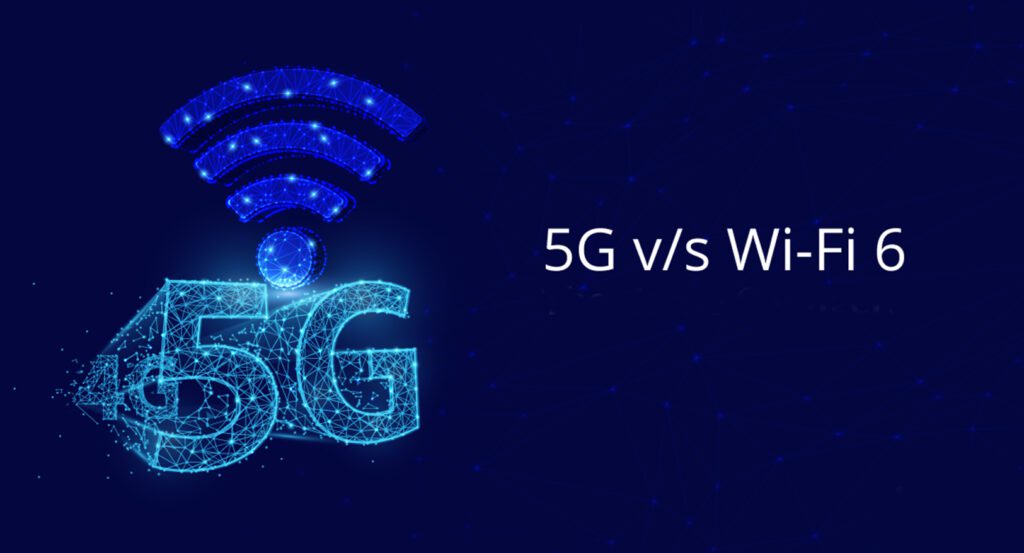
5G is a fifth-generation mobile broadband service that is available worldwide. Wi-Fi 6 is the current iteration of the widely accepted wireless standard for local area networks. Comparing it with the earlier generations of 5G and Wi-Fi 6, it is higher in terms of speed with increased capacity and reduced latency, along with enhanced capabilities for the mobile workforce of today.
Now the question is whether 5G and Wi-Fi 6 are ideal choices for a distributed workforce. For many organizations, it is not about why Wi-Fi 6 and 5G are so much better together.
Raised expectations
Strong wireless is not a necessity but a utility. Since everyone expects creativity, the, the expectations and bars have been raised. It is not unusual for a multi-tasking employee to perform two to three tasks at once. The data-sharing applications are a visible sign of a productive workforce, though it necessitates a concise pep up when it comes to figuring out the answer to why wi-fi 6, and 5g are so much better together. A better way to answer this question is to upgrade the infrastructure and the services with the latest features.
The better news is that between 5G and Wi-Fi 6, a natural transition occurs since organizations have already been using the earlier generation of both technology forms, which is 4G LTE along with Wi-Fi 5, for years.
The bundling of 5G and Wi-Fi 6 together
When combined, 5G and Wi-Fi 6 provide the best connection possible that is quick, seamless, and secure. It enables users to enter and exit their buildings., providing them with the necessary bandwidth they need. Going one step ahead and understanding why Wi-Fi 6, and 5G are so much better together is due to the following reasons:
- Reduces the possibility of wireless service gaps; 5 GHz provides extensive geographical coverage, whereas Wi-Fi 6 works within buildings. The overlapping footprints, it reduces the wireless service gaps among metro areas.
- A timely switch between 5G and Wi-Fi 6 connections, being deployed in a combination 5G and Wi-Fi 6 plan, provides ample choices to the end users. It is easy to switch between the networks as per your requirements, access privileges, or security requirements. This missing user behavior is termed fluidity.
- Office or home—both technologies can be used in your home or office. It provides a similar environment for working from home or in hybrid environments.
When changing location, reliable performance is assured; in comparison to their predecessors, 5G and Wi-Fi 6, they offer higher speeds coupled with low latency. So, there is bound to be consistency in performance even if you change locations. Matching and mixing of 5 GHz and Wi-Fi 6 can take place in numerous ways.
A comprehensive plan is necessary for a business to implement 5G and Wi-Fi 6 together.
An ideal way to implement 5 GHz and Wi-Fi 6 together is to formulate a master plan. Network and IT professionals should not only anticipate the widespread demand, but also the evolving forms of technologies that are embedded into the network architecture. There are other elements of a master wireless plan, including compliance, security, efficiencies, cost, and savings.
Up until this juncture, capacity and architecture planning for operators and building owners was an ad hoc process. They tend to have all relevant plans, but when it comes to a wireless plan, the answer is no.
Preparing for the future
The organizations that have adopted 5G and Wi-Fi 6 are those with dispersed facilities or those with advanced logistical and warehouse operations. Within the settings, due to the constant movement of people and the intrusive stature of the overall environment, the need for a robust and flexible wireless service arises.
Experts are of the opinion it is not the right time to preparing for future needs. Rather the focus of the consumers has to be on investing in functional components of smart buildings.